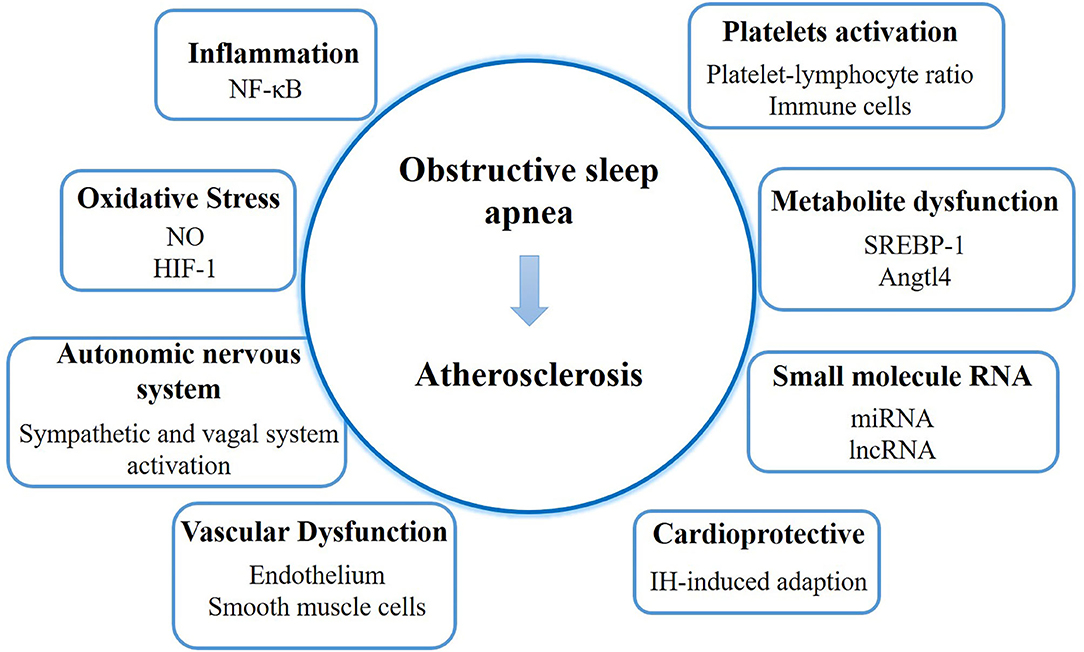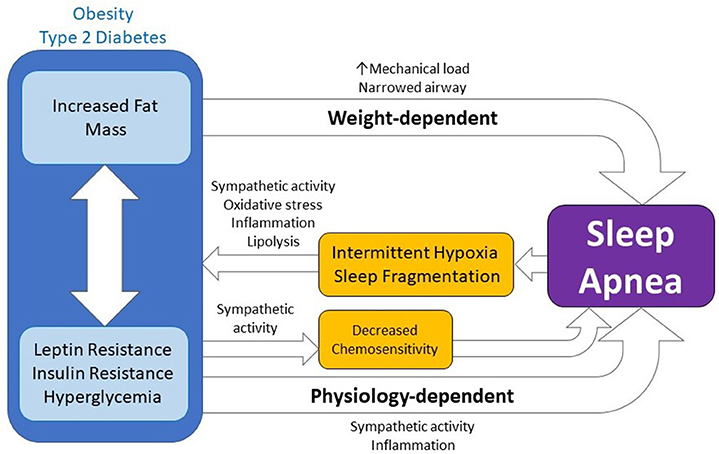Sleep apnea, often abbreviated as SA, is a common yet serious sleep disorder that affects millions of people worldwide. It occurs when breathing repeatedly stops and starts during sleep, leading to fragmented rest and a host of potential health complications. This condition can significantly impact an individual’s quality of life, making it crucial to understand its causes, recognize its symptoms, undergo proper diagnosis, and explore effective treatment options.

Understanding Sleep Apnea
Sleep apnea is more than just loud snoring or feeling tired after a night’s rest. It is a medical condition that disrupts the normal breathing process during sleep. There are three main types of this disorder: obstructive sleep apnea, central sleep apnea, and complex sleep apnea syndrome. Each type has distinct characteristics, but all share the common feature of interrupted breathing patterns during sleep.
Obstructive Sleep Apnea
Obstructive sleep apnea is the most common form of this condition. It occurs when the muscles in the back of the throat relax excessively, causing the airway to narrow or close as you breathe in. This blockage prevents adequate airflow, leading to a temporary pause in breathing. The brain senses this lack of oxygen and briefly wakes the person to reopen the airway. These awakenings are usually so brief that individuals may not even remember them, but they prevent deep, restorative sleep.
Central Sleep Apnea
Central sleep apnea is less common and involves a failure of the brain to send proper signals to the muscles that control breathing. Unlike obstructive sleep apnea, this type is not caused by a physical blockage of the airway but rather by a communication breakdown between the brain and the respiratory system. Individuals with central sleep apnea may wake up with shortness of breath or have difficulty falling or staying asleep.
Complex Sleep Apnea Syndrome
Complex sleep apnea syndrome, also known as treatment-emergent central sleep apnea, occurs when someone has both obstructive sleep apnea and central sleep apnea. This combination can make diagnosis and treatment more challenging, as addressing one type may not fully resolve the symptoms associated with the other.
Causes of Sleep Apnea
The causes of sleep apnea vary depending on the type of the condition. Understanding these underlying factors can help in identifying risk groups and taking preventive measures.
Causes of Obstructive Sleep Apnea
- Excess Weight: Fat deposits around the upper airway can obstruct breathing, making overweight individuals more prone to this condition.
- Narrow Airway: Some people naturally have narrower airways due to genetics or enlarged tonsils or adenoids.
- Chronic Nasal Congestion: Persistent nasal congestion can contribute to the development of sleep apnea by narrowing the air passages.
- Smoking and Alcohol Use: Smoking can cause inflammation and fluid retention in the airway, while alcohol relaxes throat muscles, increasing the risk of obstruction.
- Family History: A family history of sleep apnea may increase the likelihood of developing the condition.
Causes of Central Sleep Apnea
- Heart Disorders: Conditions such as congestive heart failure can increase the risk of central sleep apnea.
- Stroke: A stroke can interfere with the brain’s ability to regulate breathing.
- Opioid Use: Certain medications, particularly opioids, can affect the brain’s respiratory control centers.
- High Altitude: Sleeping at high altitudes can lead to periodic breathing patterns similar to central sleep apnea.
Symptoms of Sleep Apnea
The symptoms of sleep apnea often overlap with those of other sleep disorders, making it important to pay attention to specific signs. Common symptoms include:
- Loud and chronic snoring
- Episodes of stopped breathing during sleep (often noticed by a partner)
- Abrupt awakenings accompanied by gasping or choking
- Morning headaches
- Daytime fatigue and excessive sleepiness
- Difficulty concentrating or memory problems
- Irritability and mood changes
- Frequent nighttime urination
While loud snoring is a hallmark symptom, not everyone who snores has sleep apnea. Conversely, some individuals with sleep apnea may not snore at all. Therefore, it is essential to consider the full range of symptoms when evaluating the possibility of this condition.
Diagnosis of Sleep Apnea
Diagnosing sleep apnea typically involves a combination of medical history evaluation, physical examination, and specialized tests. Early and accurate diagnosis is critical for preventing long-term health complications.
Medical History and Physical Examination
Healthcare providers will begin by reviewing the patient’s medical history, including any symptoms reported by the individual or their bed partner. They may ask about sleep habits, daytime fatigue, and other relevant factors. A physical examination may focus on the neck circumference, jaw structure, and nasal passages to identify potential physical contributors to the condition.
Sleep Studies
Sleep studies are the gold standard for diagnosing sleep apnea. These studies monitor various physiological parameters during sleep to assess breathing patterns and detect interruptions. There are two main types of sleep studies:
- Nocturnal Polysomnography: This test involves spending a night at a sleep center, where sensors monitor heart rate, brain activity, airflow, blood oxygen levels, and muscle movements.
- Home Sleep Tests: Portable monitoring devices can be used at home to measure key indicators such as airflow, breathing patterns, and blood oxygen levels. While convenient, these tests may not capture as much detail as in-lab studies.
Treatment Options for Sleep Apnea
Treatment for sleep apnea aims to restore regular breathing during sleep, reduce symptoms, and improve overall quality of life. The choice of treatment depends on the type and severity of the condition, as well as the individual’s preferences and lifestyle.
Lifestyle Changes
In mild cases of sleep apnea, lifestyle modifications may be sufficient to alleviate symptoms. These changes include:
- Weight Loss: Losing excess weight can significantly reduce or eliminate symptoms in overweight individuals.
- Exercise: Regular physical activity can improve sleep quality and reduce the severity of sleep apnea.
- Positional Therapy: Sleeping on the side instead of the back can help keep the airway open.
- Avoiding Alcohol and Sedatives: These substances relax throat muscles and worsen symptoms.
Continuous Positive Airway Pressure (CPAP)
Continuous positive airway pressure therapy is the most common and effective treatment for moderate to severe obstructive sleep apnea. It involves wearing a mask over the nose or mouth during sleep, which delivers a steady stream of air to keep the airway open. While highly effective, some individuals may find CPAP uncomfortable or difficult to adjust to initially.
Oral Appliances
Custom-fitted oral appliances can help reposition the jaw and tongue to keep the airway open. These devices are often recommended for individuals with mild to moderate sleep apnea or those who cannot tolerate CPAP therapy. Dentists specializing in dental sleep medicine can design and fit these appliances.
Surgical Interventions
In cases where other treatments are ineffective, surgery may be considered. Surgical options aim to remove or restructure tissues that obstruct the airway. Common procedures include:
- Tonsillectomy and Adenoidectomy: Removal of enlarged tonsils or adenoids to widen the airway.
- Uvulopalatopharyngoplasty: Surgery to remove excess tissue from the throat.
- Maxillomandibular Advancement: Repositioning of the jaw to enlarge the airway space.
Alternative Therapies
For individuals with central sleep apnea, alternative therapies such as adaptive servo-ventilation or bilevel positive airway pressure may be prescribed. These devices provide varying levels of air pressure to support breathing and address the unique challenges of central sleep apnea.
Living with Sleep Apnea
Managing sleep apnea requires ongoing commitment and collaboration with healthcare providers. Regular follow-ups and adherence to treatment plans are essential for achieving optimal outcomes. Additionally, educating family members and partners about the condition can foster a supportive environment and encourage compliance with prescribed therapies.





